The Structure of the Marimba
[Experiment3]Try changing the material of the resonator pipes
Performing a sound experiment
The material used to make resonator pipes is metal. How might the sound change if a different material were used, instead? We tried experimenting with various materials.
Experiment steps
- Get paper, cardboard, polypropylene, packaging materials, rubber, and aluminum sheets.
- Create tubes out of each material, 300 mm in length and 65 mm in diameter, and add lids.
- Remove the resonator pipes from a marimba, and place the tubes close to the tone plates with your hands.
- Strike the top sides of the tone plates with a mallet and listen to the sound.
Experiment results
With paper
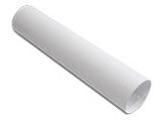
With cardboard
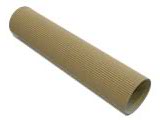
The sound (a B) of the tone plate that resonated the most with the cardboard

With polypropylene
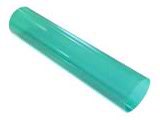
The sound (an F) of the tone plate that resonated the most with the polypropylene

With packaging materials
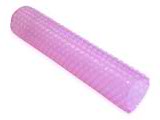
With rubber
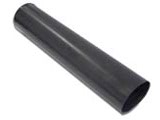
The sound (a B) of the tone plate that resonated the most with the rubber

With aluminum sheets
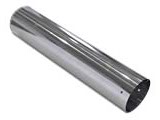
*Note: As this was an experiment, the recorded pitches differed from the correct notes.
Although the aluminum material produced a showy sound...
In this experiment, we first held tubes made from the various materials close to the spot below the A tone plate, hit the tone plate with a mallet, and compared how the notes resonated. With paper and cardboard, the bottom lids of the tubes hardly resonated at all. With polypropylene, the resonating was mild. The packing materials seemed to absorb the sound, and it appeared as though the sound projected better without any pipe whatsoever. The rubber was almost identical. The aluminum sheets produced quite a showy bwaan bwaan sound, sounding almost like an entirely different instrument.
In this experiment, the material that was closest to the ideal was the aluminum sheet, but noise was produced all over, including from the bottom of the tube. It appeared in this experiment that there was a greater effect from the resonating of the bottom lid of the pipes, rather than of the pipes themselves. Thus, it seems that the sound changes considerably depending on how well the bottom lids were affixed and how strong they were.
Are stronger materials better for higher notes?
The tone plates that produced the best resonating differed depending on the material when we tested to find which tone plate, not necessarily the one for A, would resonate the most. For cardboard and rubber, it was a B, and for polypropylene, it was an F. Why should this happen, given that all the pipes were of the same length?
When a tone plate is struck with a mallet, the compression and expansion of the air is transmitted to the interior of the pipe, which vibrates. When the air is compressed, the pipe expands a tiny bit. The stronger the material, the more this alteration of form is held in check, which tends to work best with higher notes. It can be assumed that the cardboard and the rubber probably resonated more when playing a B, which is higher than an A, because these materials are relatively strong.
Musical Instrument Guide : Marimba Contents
Origins
Structure
- What kind of instrument is the marimba?
- Inside and outside the resonator pipes
- There is craft to the design of the tone plates, too
- [Experiment1]Tone plate sanding depth and sound pitch experiment
- [Experiment2]Tone plate sanding location and sound pitch experiment
- [Experiment3]Try changing the material of the resonator pipes
